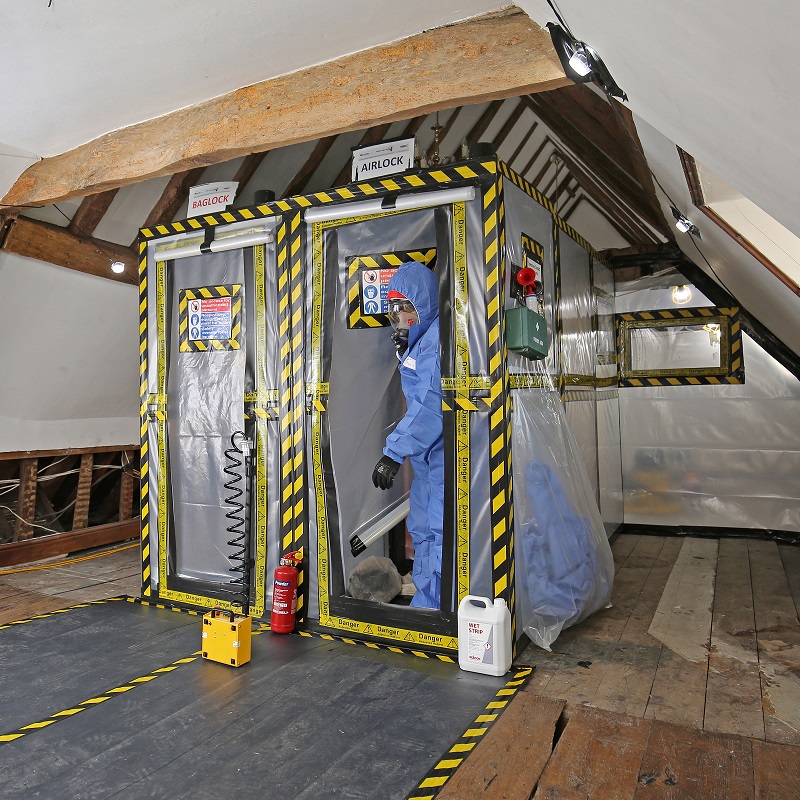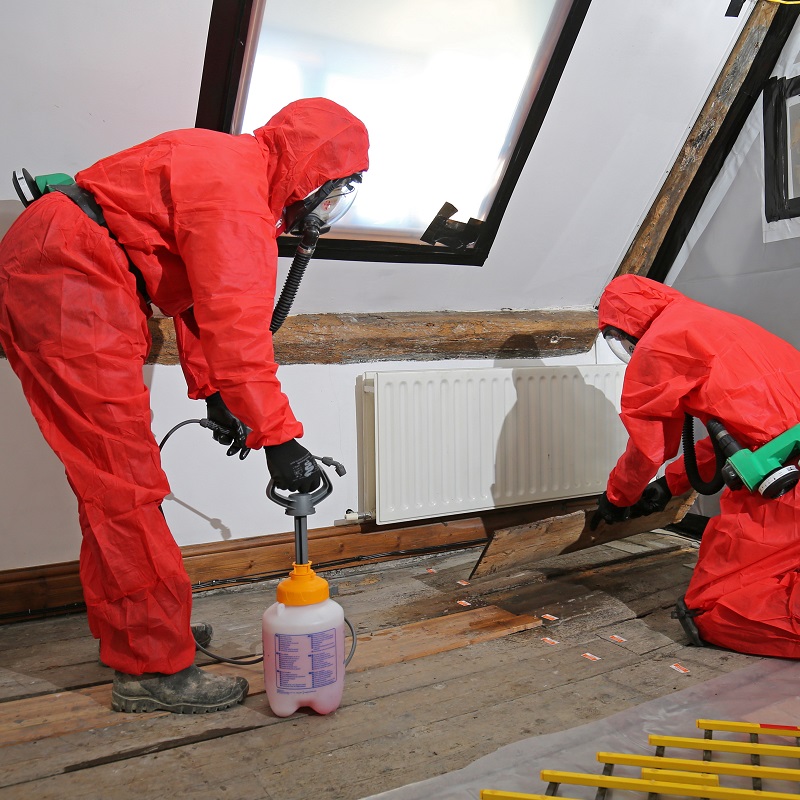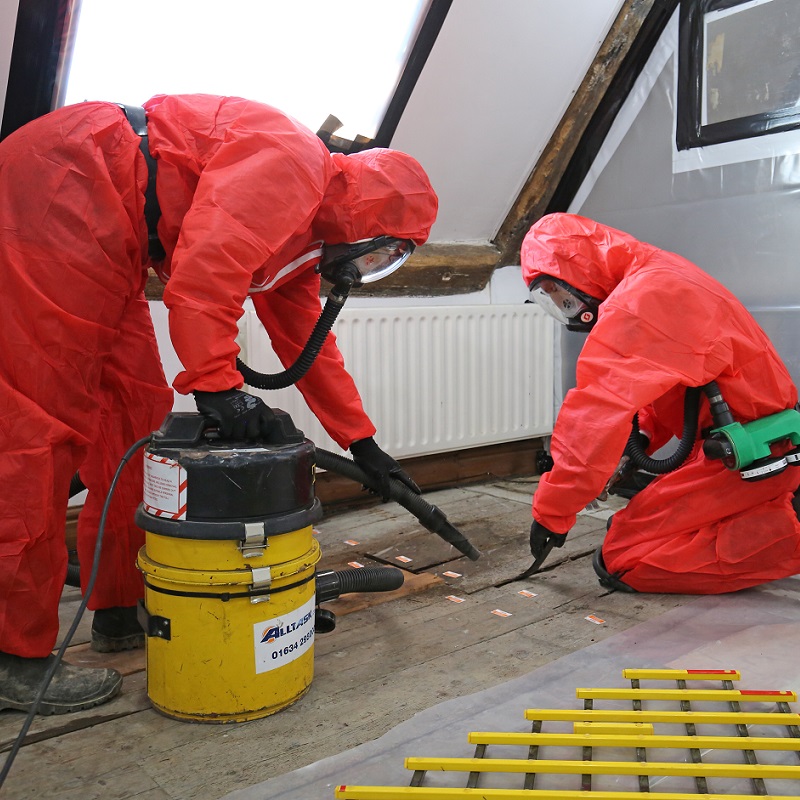
Grade II Listed Building
Asbestos insulating board debris was identified during a refurbishment and demolition survey of a Grade II listed public house in a rural part of the Sevenoaks district of Kent.
Asbestos was found beneath floorboards on the first and second floors of the property and needed to be removed safely before major refurbishment works of the building could take place.
As the property was a Grade II listed building, with some of it dating back as far as the 1700s, it was vital that meticulous levels of care were taken during asbestos removal.
The project involved decontamination of all floor voids within eight separate enclosures under fully controlled conditions.
Because of the sensitive nature of the building, floorboards had to be removed without damage, properly maintained, and replaced in the exact same location they were removed from.
Our skilled team of asbestos operatives overcame the challenge by using a methodical approach numbering each board with labels and taking photos before work started. After the floor void beneath had been decontaminated, these were used to carefully replace the floorboards.
In addition to the requirement to protect the floorboards, lath and plaster ceilings below the floors could not be damaged in any way. The preferred method would have been to remove the ceilings below to clean the voids to reduce working at height but in this situation, an alternative method had to be found by removing the floor above.
Another challenge during the project was that, once the floorboards boards were removed, there would be a risk of falls through the ceiling below.
To mitigate this, the enclosures were split into manageable sizes and operative numbers were kept to a minimum. We adopted a systematic approach, removing small areas at a time and replacing them, before moving on to the next area. Crawl boards were also used, where needed.


This was a challenging project on a Grade II listed building which required expert planning by our skilled professionals to see it through to a successful completion.
The complexity of the project demonstrates Alltask’s ability to put its extensive experience and success working on heritage sites into practice, being mindful of all restrictions, while still completing work safely, efficiently, and on programme.
